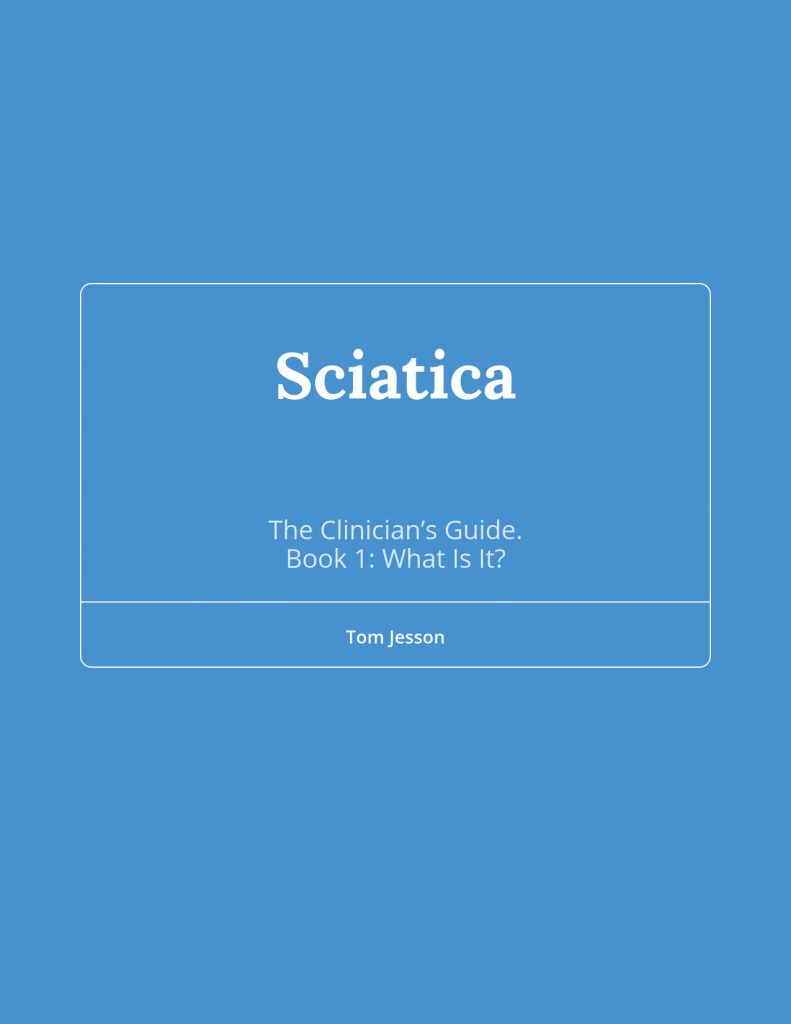(Visited 90 times, 1 visits today)
Last modified: 08/04/2022

Collaborating with sciatica experts
Posts for HCPs
About me
I have travelled a difficult journey with both back pain and sciatica (neuropathic pain), following an injury in 2008.
Through these blogs, and this website, I share my thoughts on understanding pain, self-managing pain and of living well with pain.
Written for both people suffering from persistent pain and HCPs (particularly physiotherapists).
More Information

© 2018-2020 Living Well with Pain




